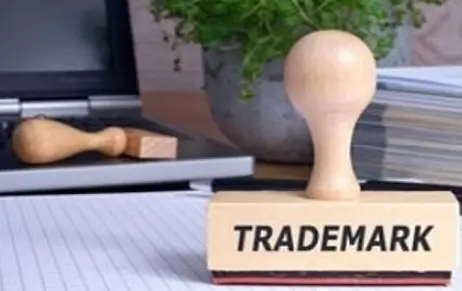TRADEMARK A trademark is something that we encounter on a regular basis. It is the…
Compendium on Landmark Cases- Trademark
The Indian Trade Mark Jurisprudence has continued its rapid development, chalking out many important milestones. With an increase in the number of litigations, the India judiciary as made immense contribution to the trade mark ecosystem by way of many notable judgements and diversity of trade mark cases. This Compendium is an attempt to highlight the evolving jurisprudence in the fast developing India which is quickly becoming the centre of innovation and investment, by analysing the developing trends emerging in the court rooms with regard to IP litigation.
This compendium is a compilation of the landmark cases in the field of Trade Mark laws from courts all over the country pertaining to various ratios that have developed in the field of Trade Mark over the years on the various holdings and ratios pertaining to trade mark infringement and passing off. For ease of reference to the cases, this Compendium has been divided into 8 Ratios, such as:
1. Priority In Adoption and Use Prevails Over Priority In Registration
India follows common law system where prior adoption and user of the mark is of utmost importance. Rights of prior adopter and user of a mark have been held to be superior to even that of a registered proprietor. This is evident from various sections to this effect under Indian Trade Marks Act 1999 wherein Section 31 of the Act clearly provides that registration of a trade mark will only be prima facie validity of registration and nothing more.
2. Registration With Regard to One Category Of Goods No Bar to Registration for Other Goods in Same Class.
In case of a trademark proprietor who is using a trademark which may be similar to an earlier registered trademark belonging to a separate proprietor, but the rival goods happen to be dissimilar though falling under the same class, the subsequent proprietor may be able to obtain registration of his trademark, pleading dissimilarity of goods so far as the earlier registered trademark is not held to be a well-known trademark.
3. Registration of a Composite Mark Not to Confer Exclusive Rights to Individual/Non-distinctive Parts of the Mark.
In case of a composite trademark, which has several distinctive and non-distinctive elements, the authority to take action against an infringer is limited to the extent that the distinctive part of the trademark is misused by the infringer. It is a settled law that the proprietor of a trade mark gets exclusive right to the use the trademark taken as a whole
4. Mark Infringed by Another Trader Even Without Using Whole of it, if One or More Essential Features Copied
It is a well-established practice by various Indian Courts in adjudication of infringement matters, that rival trade marks are not to be broken into various integers or elements and are instead to be compared as a whole, a registered proprietor of a trademark may still successfully execute an infringement action, if one or more essential features of his trademark is copied by a different entity.
5. Abbreviation of a Generic Term also Generic
Abbreviations of generic words and term are also considered to be generic, and therefore, no trade mark protection can be extended to to the same, unless the Applicant can establish that the term has some-how managed to acquire a secondary meaning that is associated with the abbreviation in relation to the products or services of the Applicant. Generic terms are non-protectable terms and requires a higher degree of source identifier abilities to be protected under the Trade Mark law.
6. A Person Claiming Exclusive Rights Over an Expression Cannot Challenge the Same as Generic
Here we discuss the Principle of approbate and reprobate, i.e. to accept and reject, this principle says that that which is approved cannot be disapproved,It is equally well-settled that the party cannot be allowed to approbate or reprobate at the same time so as to take one position, when the matter is going to his advantage and another when it is operating to his detriment and more so, when there is a same matter either at the same level or the appellate stage.
7. Protection of Mark Registered for Goods Entitled to Protection for Services if Related to Goods
When the trade is applied for a good, it is seen that in most cases the protection under that trade mark would also extend to any services that are in relation to those good, since the likelihood of confusion would exist if there are two different trade marks in goods and services which are closely related to those goods.
8. Mark Infringed if Used as Trade Name by Another Person
This ratio applies to a situation where the trade mark of a company is being used as the trade name of another company. Eventually any product with the same name in the market is likely to be associated with the company, especially in cases where the good are identical. Therefore, in these situations, where the trade name of a company is so similar to the trade mark of another, a right against the infringement arises.
Click here to read landmark judgement of various Trademark cases.



